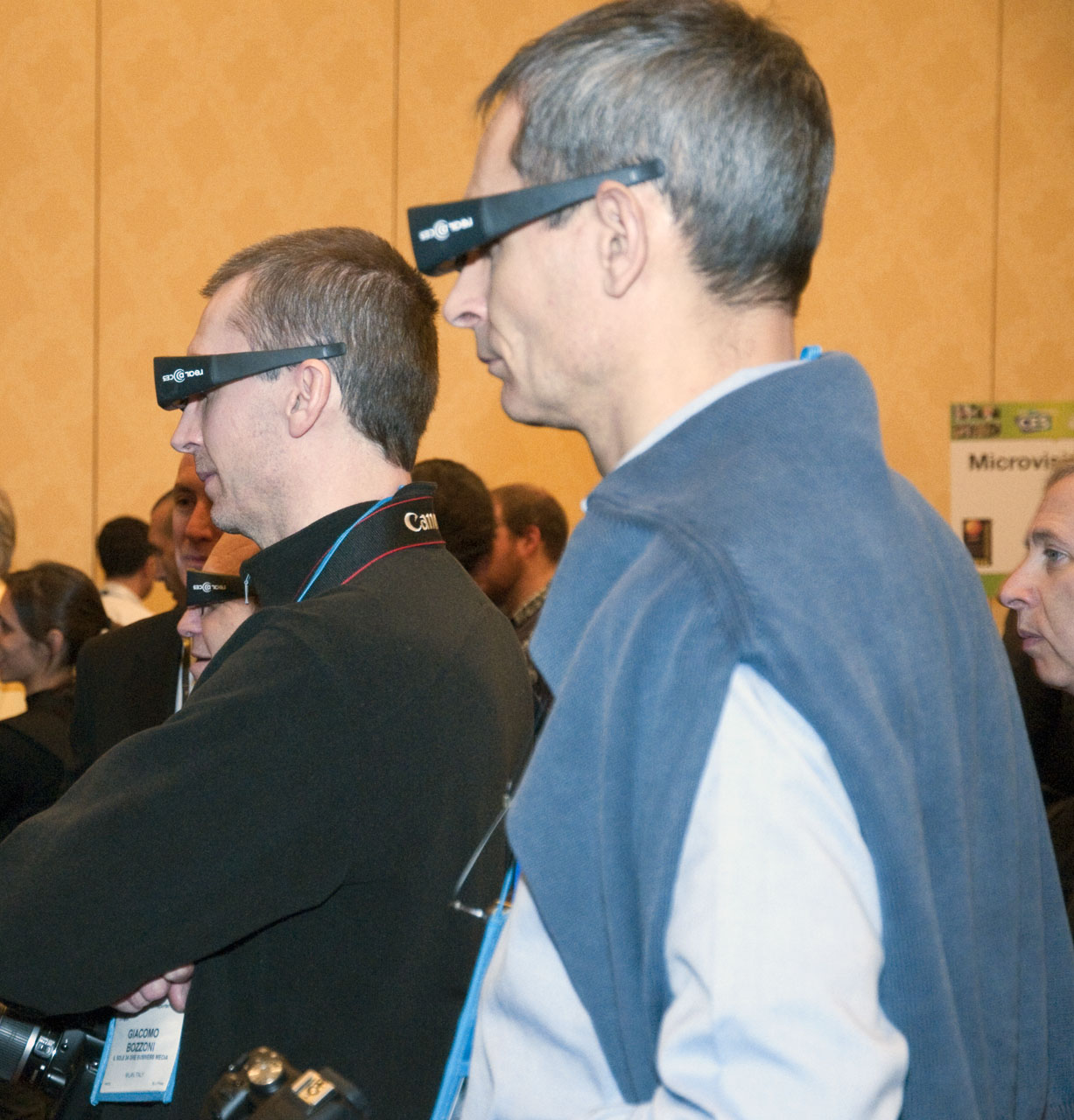CES 2010, Day 0: The Calm Before The Storm
Introduction
The monster that is the Consumer Electronics show is just starting to stir on the eve of its official first day, as if waking up from hibernation since last January. The show floor is being set up, the press room doesn’t open until noon, and everyone is prepping for the inevitable storm to come.
Still, there are things happening during that early downtime. The first press releases are going out and major announcements are beginning to reach the point when people like us can start talking about them. So let’s recap what we saw during Tuesday. Call it "CES Day 0."
Trends In Your Face
You can see some trends starting to emerge in the signage that’s being hung outside the massive Las Vegas Convention Center. On the HDTV side, the two major pushes among the manufacturers seem to be increasing Internet connectivity and 3D.
On the connectivity side, we saw banners declaring that Skype would be coming to your HDTV. This brings up interesting thoughts, like: will HDTVs have embedded Web cams and microphones? Would you even want a cam and mic in your living room, and how easy will it be to turn on or off?
The 3D trend is obvious. It has been developing for several years now. With the staggering success of James Cameron’s Avatar, 3D is rapidly penetrating mainstream viewer consciousness; it’s not just for kids movies, or a novelty any more. Still there are huge hurdles to overcome, like enabling faster refresh rates, not to mention the struggle for standards: whose 3D technology will win out?
The Show Before The Show
Get Tom's Hardware's best news and in-depth reviews, straight to your inbox.
The other thing that goes on before CES really gets started is the show before the show: Storage Visions. This mini-trade show focuses on storage issues as they pertain to all parts of the consumer electronics chain. You don’t go to Storage Visions to hear about enterprise data center storage. Instead, the focus is on what’s needed for the future of content creation and consumption. One speaker noted that the near future would see "a terabyte in your pocket, a petabyte in your home, exabytes in data centers, and zetabytes world wide."
At first blush, this sounds ludicrous. But it’s worth considering the recent UCSD study that claimed people are already consuming 34GB of data per day, although much of that is in the analog realm. Sure, a lot is redundant consumption. But people are also creating more content daily, as camcorders, cell phone video capability, and even Web cams built into ski and scuba goggles proliferate.
Alex Grossman, CEO of Active Storage, which makes high-end RAID devices and the software to manage them, reinforced these points from the perspective of the TV and movie production pipeline:
- HDTV producers saw file sizes grew 20x in the past year
- Multi-user front-end SANs are needed for editing, effects creation, audio sweetening and transcoding
- Workflow is migrating from tape to tapeless (both hard drive and flash)
- Archives are stored at the highest resolution; this is increasingly double- and quad-HD resolution
- Production times are shrinking
- Early films being digitized and stored at very high resolutions
All this already consumes petabytes of storage. The challenge is not just coming up with hardware to store all that content. You need extremely high bandwidth, both locally and into the Internet cloud--and the ability to manage all that data.
Managing the stored content is a huge problem. It’s not just a matter of adding metadata or tagging. Someone has to actively tag or enter the metadata. The first company to figure out ways to automate metadata creation and search might become the next Google.
